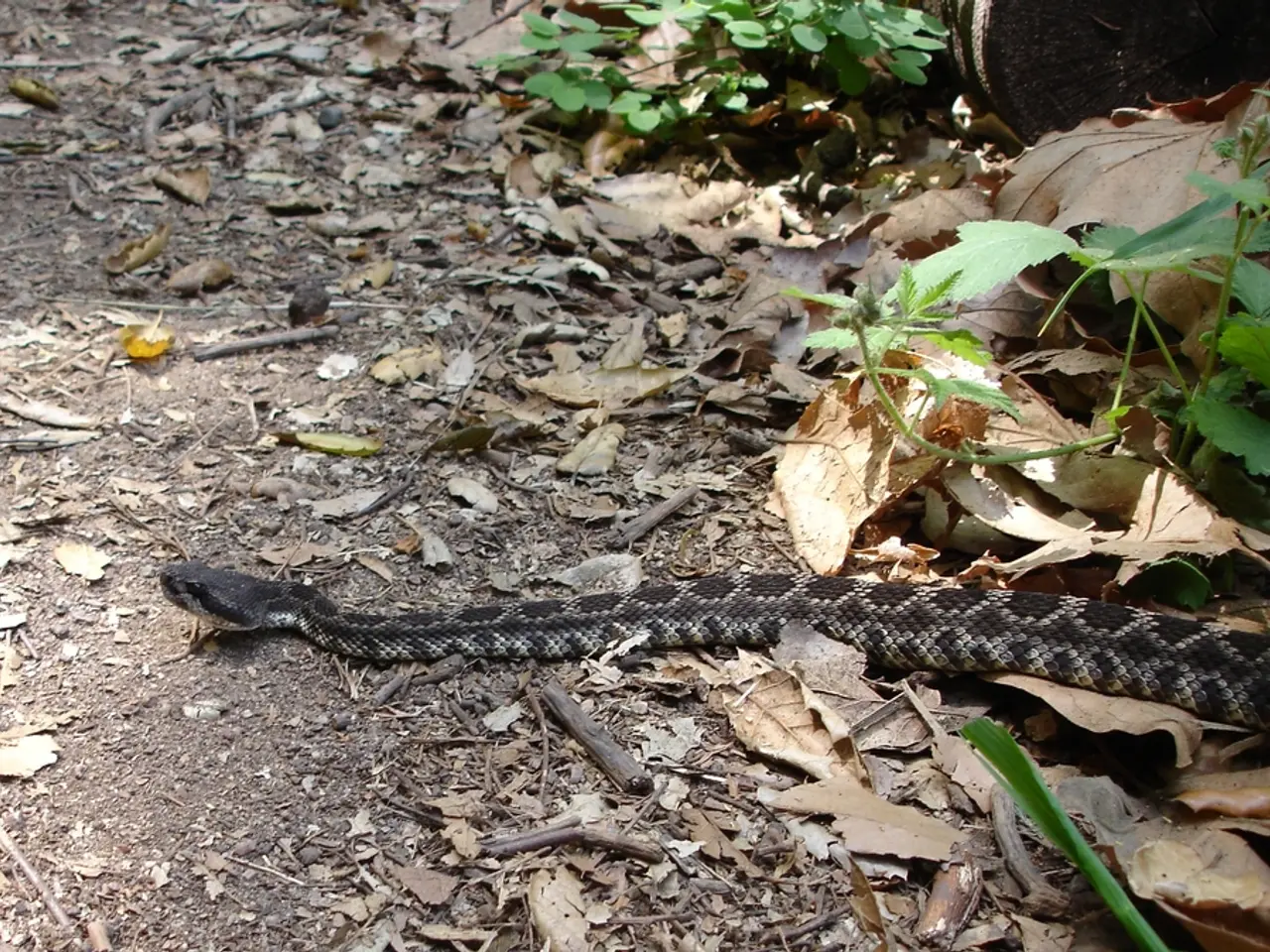Methods for Deterring Snakes from Your Garden
Garden Snakes: A Guide to Deterrence
Garden snakes are often misunderstood creatures, playing a crucial role in controlling rodent populations and maintaining ecological balance. However, their presence in a backyard can be undesirable for many homeowners. Here's a guide to deterring garden snakes without resorting to expensive repellents or harmful chemicals.
Firstly, maintaining a tidy garden is essential. Removing clutter, tall grass, and debris provides fewer hiding spots for these reptiles, making your garden less appealing to them.
Installing physical barriers such as fine-mesh hardware cloth or snake-proof fencing buried 6–8 inches underground and angled outward can block snakes from entering vegetable patches or garden perimeters.
Using natural repellents made from common household items and plants can also be effective. Sprays made from chili peppers combined with lime juice, essential oils like peppermint, cinnamon, and clove, crushed garlic mixed with water, vinegar, and crushed eggshells sprinkled along garden paths are all odours and textures that deter snakes due to their sensitivity.
Removing food sources is another key strategy. Securing pet food and bird seed in sealed containers reduces rodents, which attract snakes, and clearing away insect colonies further decreases their appeal.
Encouraging natural predators such as owls and hawks can also help control rodent populations and thus reduce snake attraction. Installing birdhouses or perches can attract these predators, providing natural pest control benefits.
Strategic placement of dense groundcover plants away from high-use areas can also reduce their appeal to snakes. Aromatic herbs like rosemary, marigolds, and certain mint varieties may provide some deterrent effect.
Creating rough-textured barriers around garden perimeters, such as crushed eggshells, coarse wood chips, or decorative gravel, can deter garden snakes due to their discomfort for the snakes' sensitive bellies. Wood piles, leaf accumulation, and rock gardens or decorative stone features should be addressed to reduce their appeal.
Lastly, creating clear sight lines throughout the garden can help easily notice snake activity, allowing for early intervention if necessary.
In North America, truly dangerous garden encounters with venomous snakes are rare, with most preferring wilder habitats. The key distinction between venomous and non-venomous species should be considered when identifying snakes. Motion-activated deterrents, such as sprinkler systems, can startle snakes and create sudden environmental changes they prefer to avoid.
These approaches are inexpensive, non-toxic, and can be implemented immediately with materials readily available in most households or gardens, providing practical snake deterrence while protecting the environment and pets.
Maintaining a tidy home-and-garden, free from clutter, tall grass, and debris, reduces the appeal of garden snakes due to the fewer hiding spots. Using natural repellents, such as chili pepper and lime juice sprays, or aromatic herbs like rosemary and marigolds, can also deter garden snakes.




